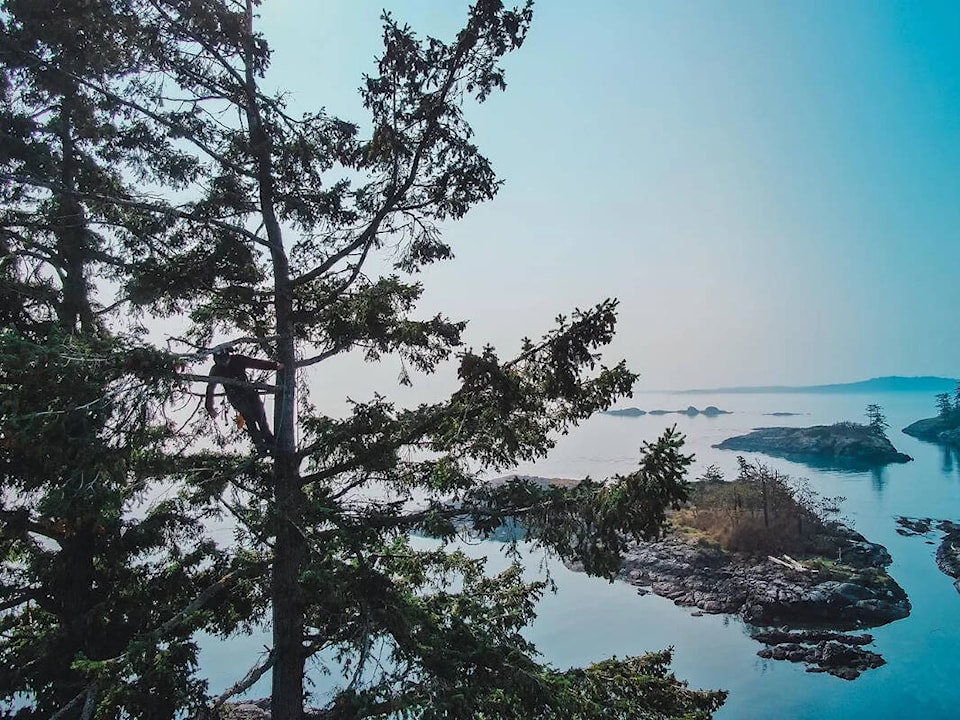Vancouver Island, renowned for its lush rainforests and diverse ecosystems, is facing a grave challenge: drought. The prolonged dry spells and increasing temperatures have begun to take a toll on the Island’s tree population, raising concerns among homeowners, arborists and environmentalists alike.
“Drought conditions can be devastating for trees, leading to rot, disease and increased susceptibility to damage,” explains Jared Witt, owner of Osprey Tree Service in Victoria’s West Shore, sharing his insights on the importance of proactive tree care in these changing climatic conditions.
“It’s crucial to identify and address these issues early to prevent potential hazards, especially in urban and residential areas where a falling tree can cause significant damage.”
With summers becoming longer and hotter, Witt notes that cedar trees, in particular, are showing signs of stress, years after the dry spells.
“We’re supposed to be a rainforest, yet our summers are now long, dry, and hotter than usual. Some of our native trees are struggling to adapt to these changes,” he says.
To combat the effects of drought, Witt recommends diversifying the types of trees in your landscape and taking steps to support their health. “Applying the correct fertilizer and a good quality mulch around the base of your trees in the spring, and also implementing deep root watering techniques can make a significant difference. However, once temperatures rise to the 30s, these measures may only do so much.”
Highlighting the importance of native under-story plants, Witt suggests planting additional shrubs and smaller trees under larger trees that can provide shade and increase humidity at ground level, benefiting the larger trees and the overall ecosystem. “Conifer trees, in particular, are vulnerable during these dry periods. Watering your hedges and trees during the summer is essential, but keeping an eye on the top of the tree for signs of dying tops and branches is equally important.”
The risk of ignoring these signs is not to be underestimated. “A lot of people wait and see, which can be very risky. Not addressing these issues early can lead to more dangerous and far more expensive consequences down the line,” Witt cautions.
He notes that diseases like root rot, particularly in Douglas fir trees, can spread quickly through the root system, affecting the health of entire tree populations.
In light of these challenges, Witt emphasizes the role of professional arborists in ensuring the health and safety of trees. “Our team at Osprey Tree Service is equipped to assess and address the needs of trees affected by drought, from removing damaged branches to treating diseases before they cause irreversible damage.”
Osprey Tree Service, serving southern Vancouver Island and the Gulf Islands, offers a range of tree care services. From residential and commercial tree removal to maintenance and assessments, their team of certified arborists and forestry professionals is dedicated to preserving the health and beauty of the region’s trees.
For those concerned about the health of their trees or seeking advice on proactive tree care, Osprey Tree Service offers free quotes and consultations. Learn more at ospreytreeservice.ca or call 250-474-7993 to speak with an expert today.
